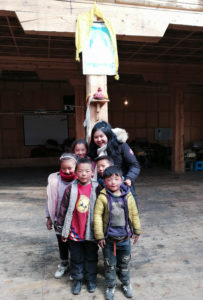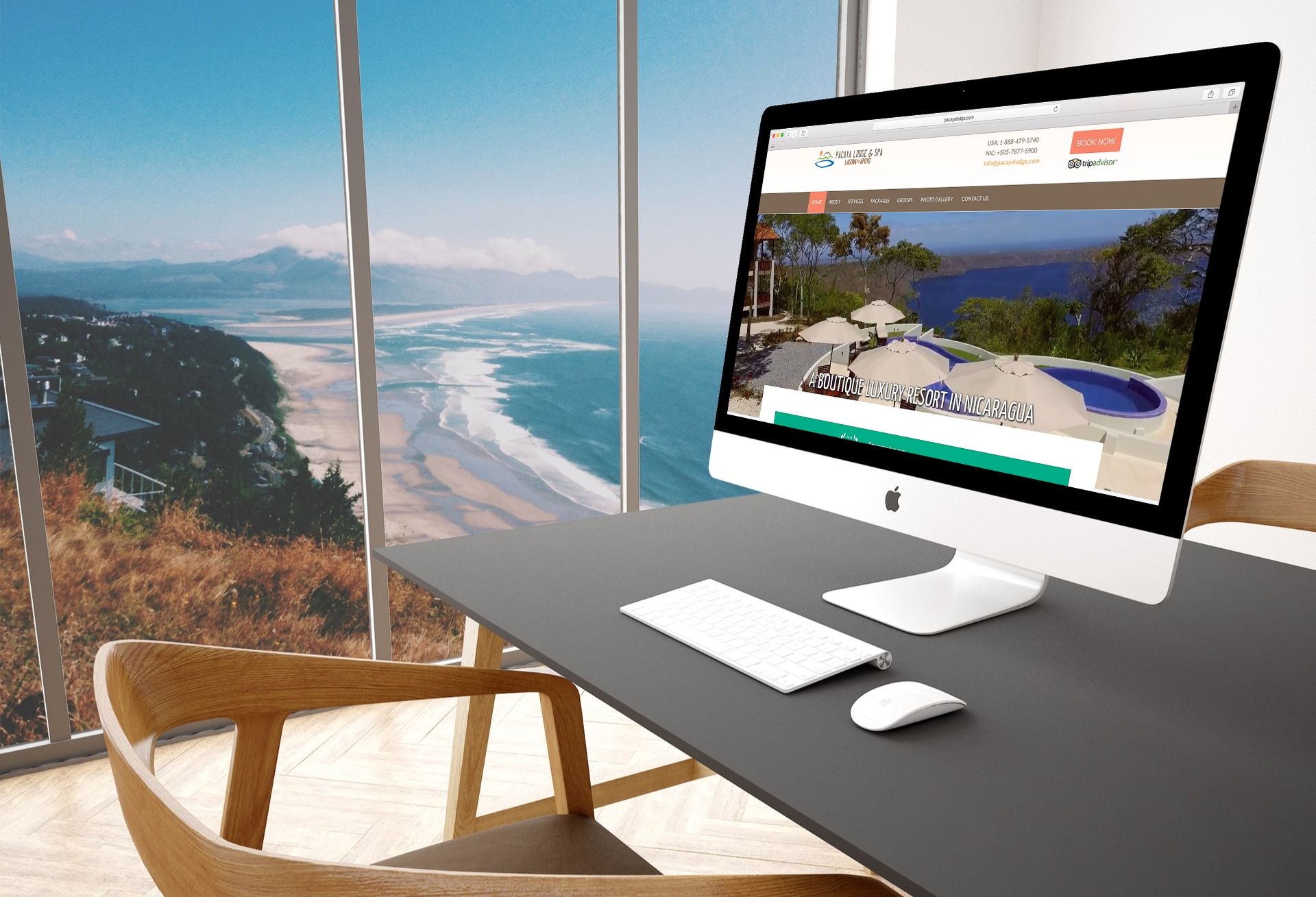DMOs have been a part of your travel life, whether you recognize it or not.
Those commercials and advertisements you see suggesting you visit a certain state or country? DMOs are behind those…
The bed/lodger tax attached to the end of your hotel bill that you’ve undoubtedly questioned at one time or another? DMOs once again…
The convention you attended a few years back, or the visitor’s center where you pulled brochures during your summer road trip? You guessed it…
—
What is a DMO?
The D in DMO stands for destination. A destination can take on a variety of meanings, whether it be it a city, national park, country or any other clearly delineated region. In the simplest terms, a destination is a place that is marketed to travelers as a place to visit.
The O of DMO represents organization. Though seemingly self-explanatory, organizations can take on a variety of meanings depending on the destination. At the national level, NTOs (National Tourism Organizations) and Ministries of Tourism help dictate rules, regulations and financial obligations of the travel sector for entire countries. Beneath them live RTOs, or regional tourism organizations. These are the organizations that are most familiar to the general public and include state, county and city-run tourism offices. Chambers of commerce and convention & visitor bureaus (CVBs) are two of the most prominent and most recognizable RTOs in the United States.
But what about the M of DMOs? It is here when things become a bit convoluted for tourism leaders. Until recently, marketing was the primary objective of DMOs, and the rational was simple and unassuming: more visitors means more money and notoriety for the destination. Through advertising in travel journals and magazines, on billboards, and through radio and TV spots, DMOs have promoted their place to the masses for well over a century. Today, the world’s citizens have more disposal income than ever before, and when combined with an ever-growing appetite to explore and experience new places, travel has reached unprecedented levels. The UNWTO reported that there were 1.5 billion international tourists in 2019. These record number of travelers have begun creating rifts between local residents and the traveling community.
Overtourism widens economic gaps and has become a key-term in numerous cities All around the world, natural lands and resources are being threatened by overuse. Sociologically, cultures and traditions are being lost to a gentrifying and flattening world. The tourism ecosphere is in the midst of a cultural change, and as sustainability in travel becomes evermore important, the M of DMO is transitioning from marketing to management.
The Importance of Evolving from Marketing to Management
Research shows a unique ebb-and-flow of a tourism destination, known as Butler’s Tourism Area Life Cycle (TALC). The chart below gives a well-defined glimpse into how destinations evolve as time passes and tourism numbers increase.

Butler’s TALC was developed in 1980, well before the advent of budget airlines, Instagram, TripAdvisor, and other elements that make travel more accessible and desirable nowadays. Still, it provides the perfect template to show the importance of DMOs pivoting from marketing to management.
In almost all tourist destinations, marketing is designed to bring in increased numbers of visitors. Most DMOs are funded by government budget allocations and/or lodger (or bed) taxes. More visitors equates to more money, which results in more marketing. This cycle turned vicious in cities like Barcelona, Venice and Amsterdam, all of which have shown that this model is unsustainable.
Imagine, for a moment, that the solid line on the TALC chart above represented resident sentiment towards tourism. Happiness levels increase, until a state of apathy (stagnation) is reached. At this point, local constituents will either move in the direction of re-strategizing to further elevate their happiness levels, continue towards apathy, or move downwards towards anger and burnout. If the TALC chart were recreated today, perhaps stagnation would be replaced with resident/tourist discrepancy and land over-usage.
It is here – and why – that DMOs have been forced to become managers and advocates of their places. No longer is higher visitorship the main goal of these organizations. Instead, these ever-adapting travel organizations are now tasked with stewarding a more targeted market and developing plans to help conserve their destination’s environment and culture. Through public-private partnerships, destination management organizations act as the mediator between the general public, private industries, and government entities. It is a tall-task, no doubt, but when completed successfully these partnerships will enhance community engagement and relations, and ultimately create a more sustainable travel destination.
An Example of DMO as Destination Managers
In the Netherlands, and specifically Amsterdam, tourism had reached a breaking point. Residents were being priced out of homes towards the city center, bikes were being thrown into canals, and streets and shops were too crowded to stroll through leisurely. The Netherlands Board of Tourism and Conventions (NBTC) took note of this shift and made the exceptional decision to no longer market visitation to the city. Last year, NBTC published Perspective 2030 as an initiative to move tourism dollars away from marketing and towards creating a more wholistic travel structure that benefits all Dutch citizens. As the report reads, “The coming ten years will require a different view and approach compared to the previous ten years. The future needs new paradigms as a basis for new content and processes, new KPIs and changing roles…Our focus is on shared interests and putting local residents first.”
The Netherlands may be one of the first destinations to consciously and strategically use tourism as a means of endorsing the wants and needs of its constituents, but it is certainly not the last. In fact, some may argue that DMOs have acted as the managers of destinations since the first CVB was developed in Detroit, Michigan in the late 1800s.
Regardless of its history, there is no denying that the travel industry, and namely DMOs, must manage their destination and provide support for all area stakeholders, residents, government officials, and of course visitors. Involving all players will create a sustainable model that can support environmental, cultural, and economic preservation. In the end, the result of masterful destination management will be an organically-created marketing tool.

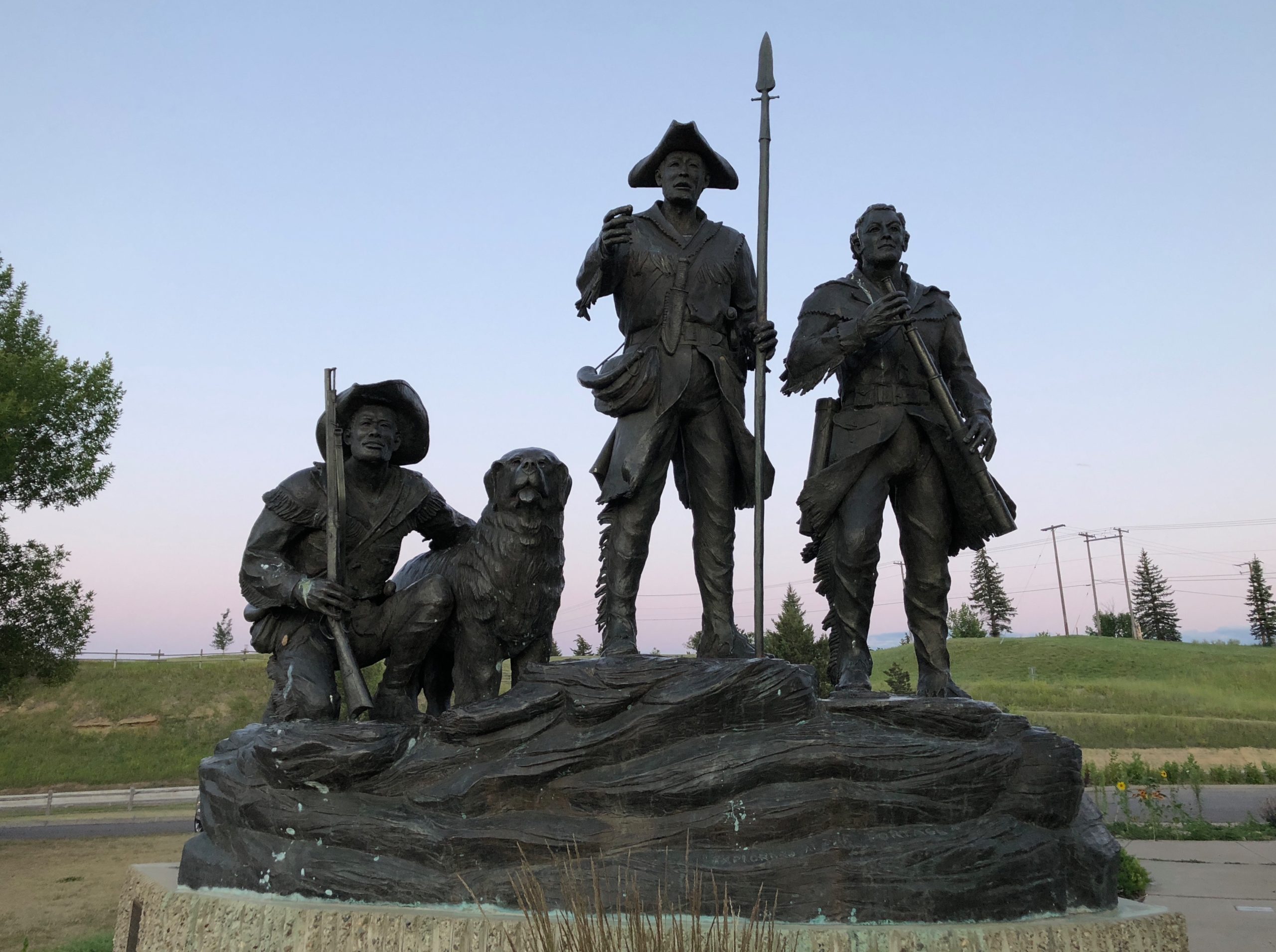
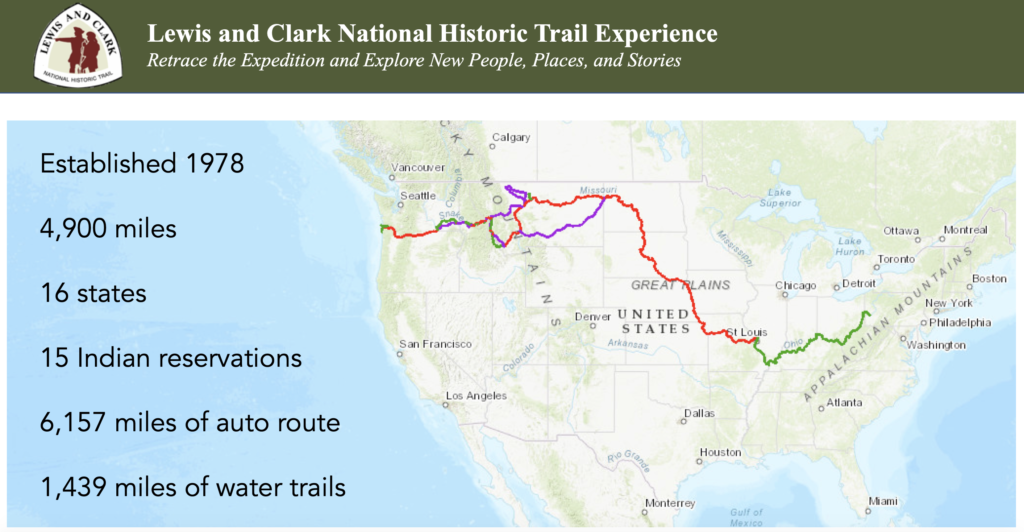


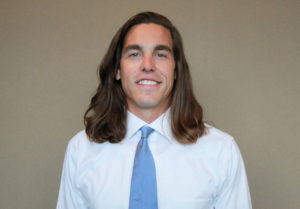


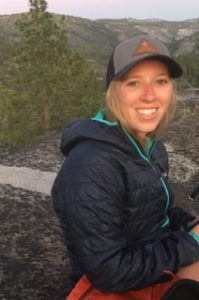

 Mary is a History and English major at Northern Kentucky University. She has lived in Bellevue, KY for her entire life and this internship is my first real work experience. Though this is her first job, she has been involved in multiple creative projects, especially since joining Norse Film Society (her college’s film club).
Mary is a History and English major at Northern Kentucky University. She has lived in Bellevue, KY for her entire life and this internship is my first real work experience. Though this is her first job, she has been involved in multiple creative projects, especially since joining Norse Film Society (her college’s film club).